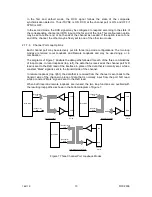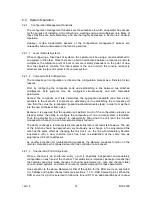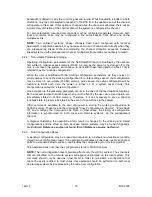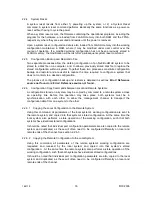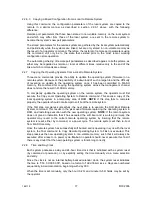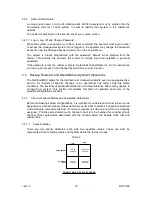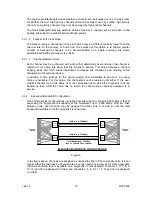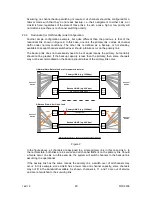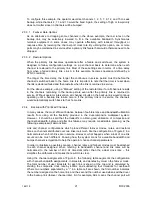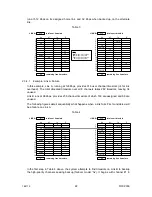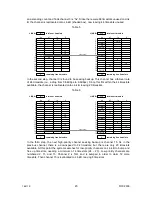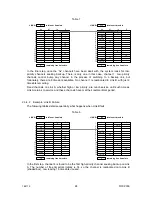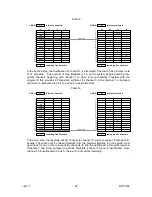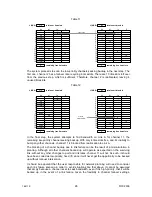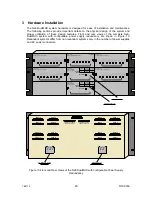
166119
8/31/2006
14
2.2 System Operation
2.2.1 Configuration Management Functions
The configuration management functions are those features to which an operator has access
for the purpose of installing, and configuring a working end-to-end multiplexer link. Many of
these functions are self-explanatory and are thoroughly addressed in Section 4.2-Console
Operation.
However, certain fundamental aspects of the configuration management process are
noteworthy and are discussed in the following sections.
2.2.1.1 Local / Remote Systems
When configuring a linked pair of systems, the operator will be using a console attached to
one system or the other. Since there are no built-in distinctions between a local and a remote
multiplexer, the reference point of local or remote is solely dependent on the point of view
from the operator‟s console. The local system is the one to which the console terminal is
attached, and the far-end system is the remote system.
2.2.1.2 Composite Port Configuration
The composite port configuration is critical to the configuration process as a first step for two
reasons:
First, by configuring the composite ports and establishing a link between two attached
multiplexers, both systems may be configured simultaneously and with compatible
parameters.
Second, the composite port rate determines the aggregate bandwidth (and frame size)
available to the channels. If channels are allocated prior to establishing the composite port
rate, then they must be re-allocated (repeat de-allocate/allocate steps) in order to map them
into the new multiplexer frame size.
Because it is expected that the operator will perform much of the configuration process on
linked systems, the ability to configure the composite port on a remote system is restricted.
Thus the potential for an operator to inadvertently bring down the link (and the in-band
management channel) to a non-recoverable state is reduced.
The ability to change a remote systems composite link rate is not restricted however. The use
of this function should be approached very cautiously, as a change in the programmed link
rate has the same effect as changing the link clock, i.e., the link will immediately become
inoperative until a new common clock has been re-established at the same rate as
programmed in both multiplexers.
As another exception for troubleshooting purposes, the Receive Loopback function on the
remote composite port is allowed since it can be controlled once invoked.
2.2.1.3 Channel and Port Configuration
While a channel is an end-to-end entity, a port is physically independent and separately
configurable on each end of the channel. This distinction is important, because it means that
the operator need only make changes to channel parameters (i.e., rate and channel state)
once on linked systems, and there is no local or remote viewpoint for these parameters.
One exception to the above statement is that of the option for the DCD source on any Nx8K
(i.e., 56Kbps and higher) channel rates (see section 2.1.7.5 – DCD Source Option). When the
DCD source for a port is selected to follow the far-end RTS, an additional 8Kbps of channel
Summary of Contents for Nx8- Dual Composite MUX High-Speed 16-Port TDM Multiplexer
Page 2: ......
Page 6: ...166119 8 31 2006 2...
Page 32: ...166119 8 31 2006 28...
Page 38: ...166119 8 31 2006 34...
Page 61: ...166119 8 31 2006 57...
Page 62: ...166119 8 31 2006 58...














